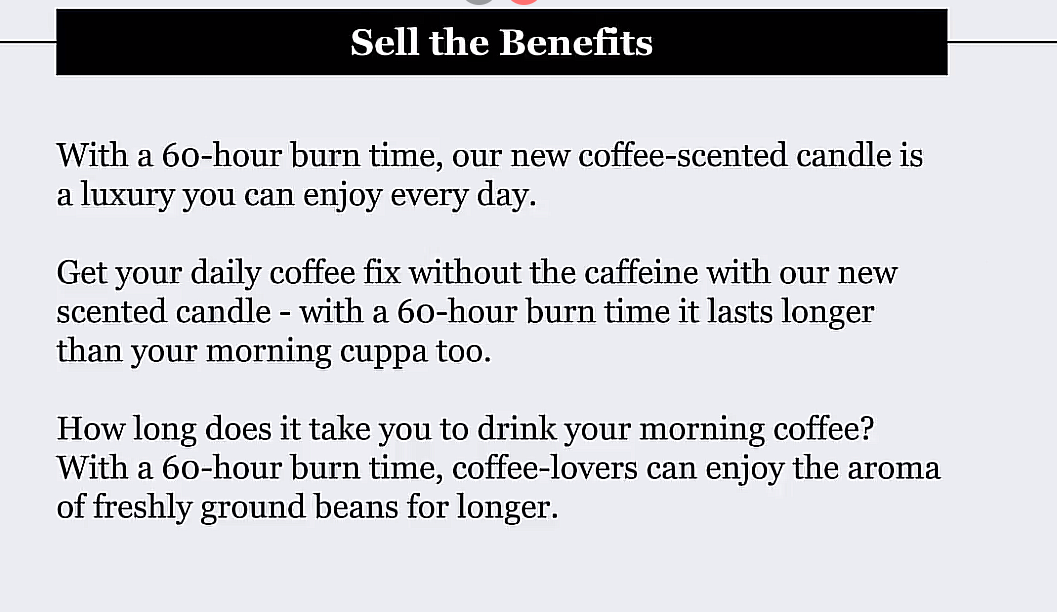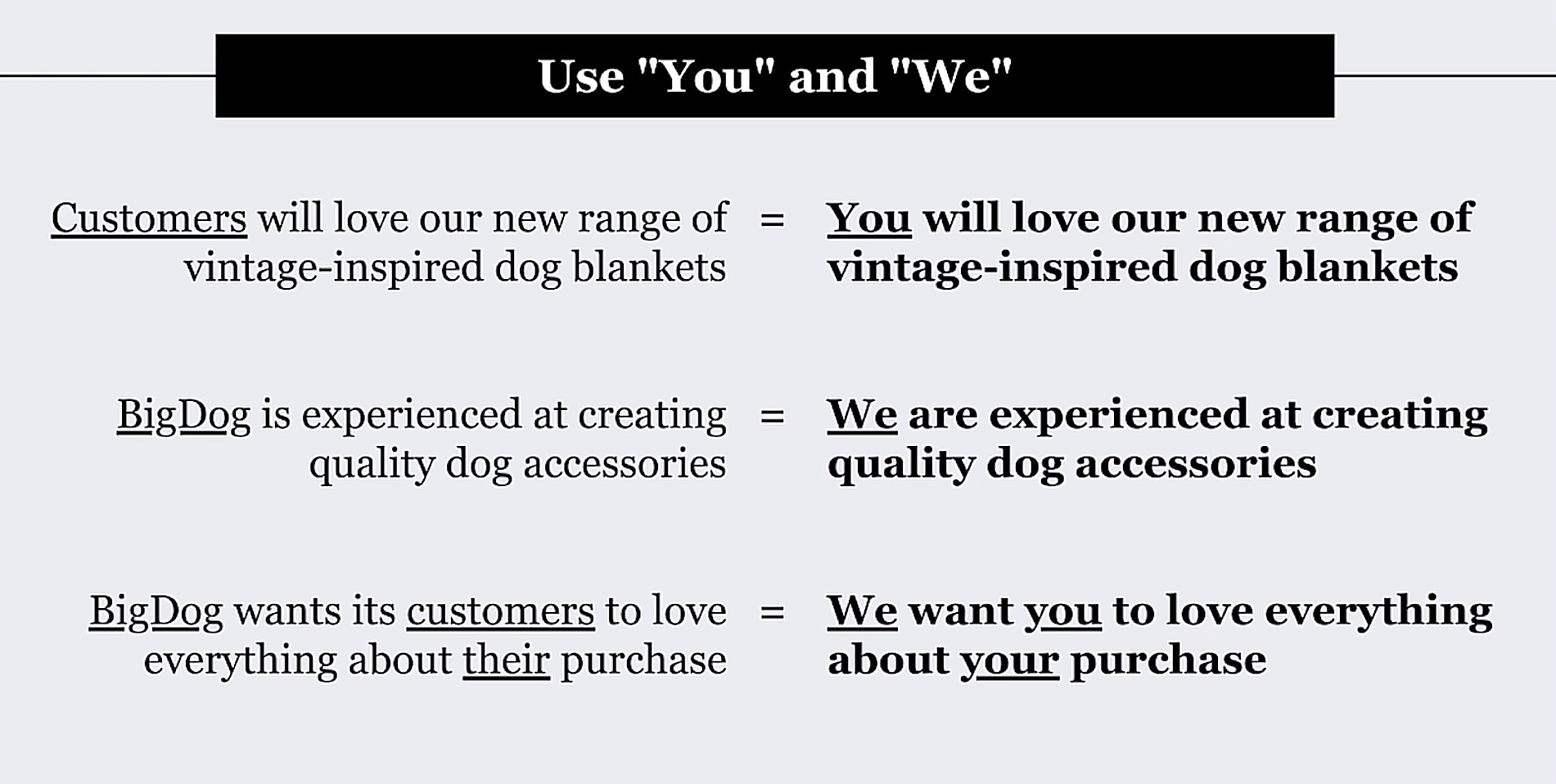Copywriting 101
Connecting with your readers
- Connect with your readers by seeming more human to get them on your side
- Use words like ‘You‘ and ‘We‘ to connect better.
- Ask questions, close or open ended, to make your readers think. It will compel the reader to engage more with it.
- Instead of telling readers what to do, you are psychologically compelling them and guiding them to a positive decision
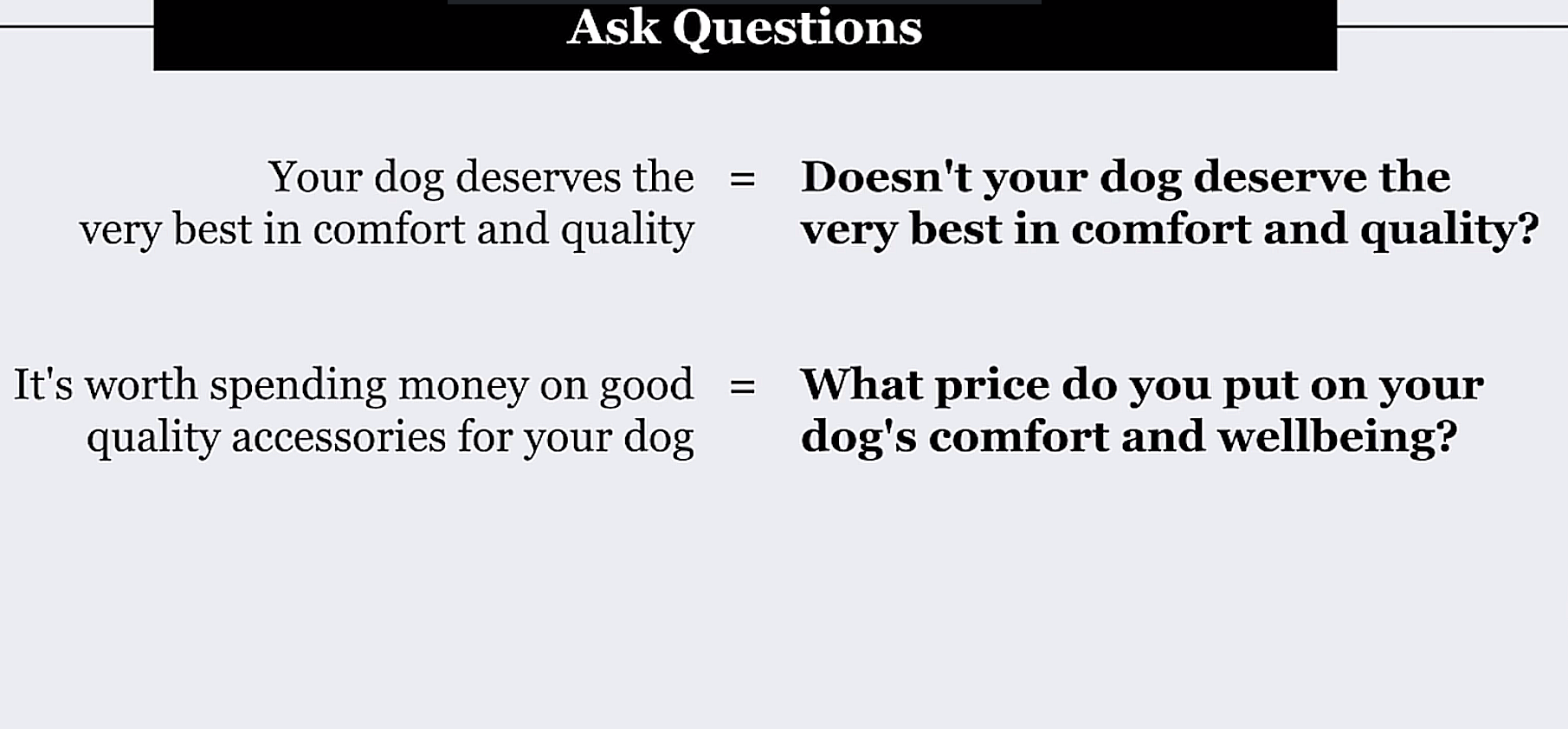
- As well as asking questions, you can also answer them. By putting yourself in the customer’s shoes and asking questions, you will be able to identify the hurdles that might stand in your way and offer your customers assurance. ‘What if‘ is a useful question, as well as ‘How do I know?‘
Generating Ideas
- You might want to get into a creative mindset. You can get the creative juices flowing by something as simple as going on a walk or changing scenery.
- Play word games, using rhymes, alliterations and adapting idioms or even synonyms
- ‘Pampered Pooch’
- ‘Tog your Dog‘
- ‘Make your Mutt feel like a millionaire‘
- Get very specific about your product’s or service’s benefits
- For example, you could be selling insurance. For this you could say something like, “Get Insured quickly“, but even better, you can be more specific, by saying “Get insured in under 2 minutes“
- To go a level above, you could draw parallels between your insurance service and some else quick or straightforward thing to do. For example, you could say, “Get insured in less time than it takes to make a coffee, Why wait-“
- Source inspiration from things like magazines
Using Templates and Funnels
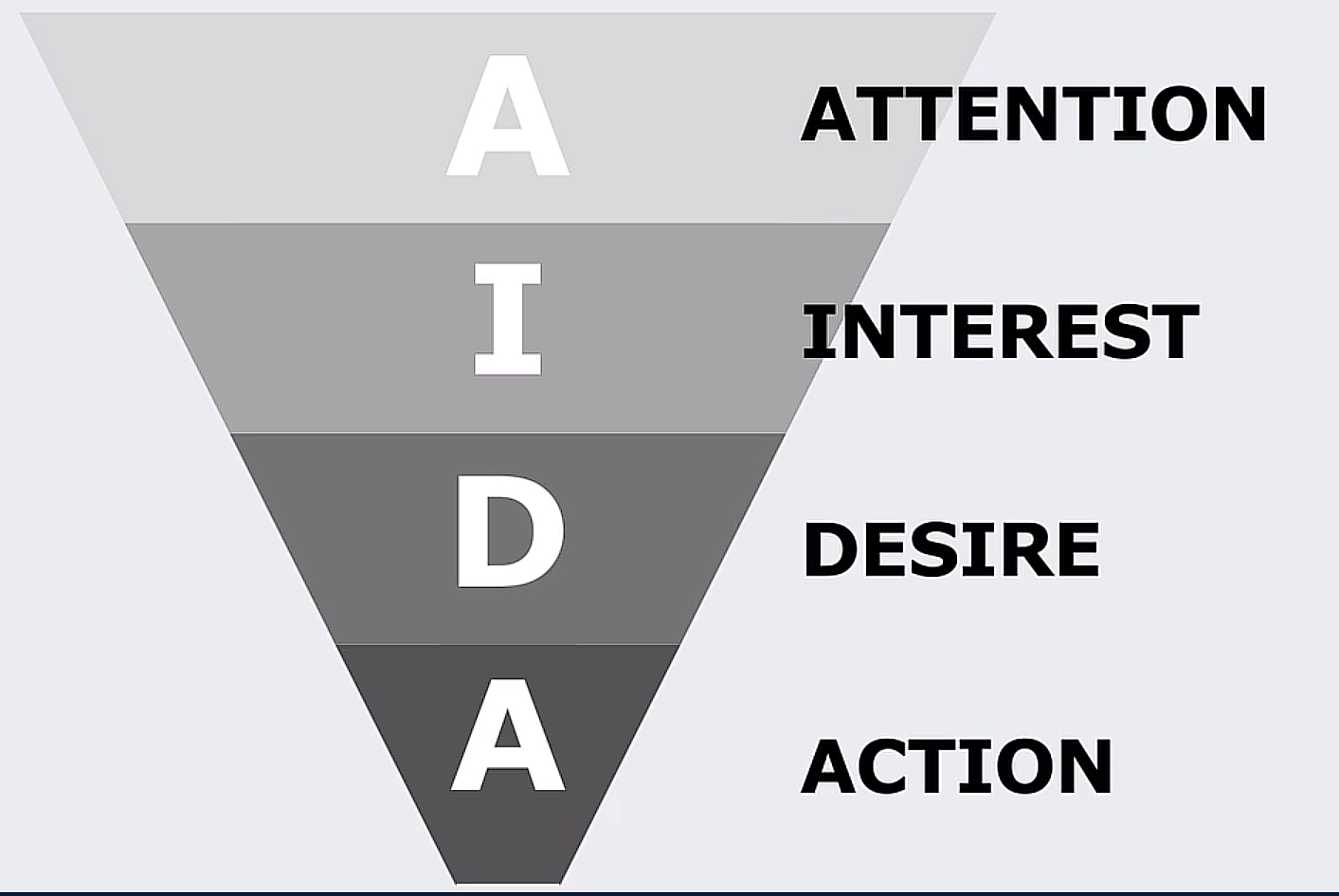
Attention
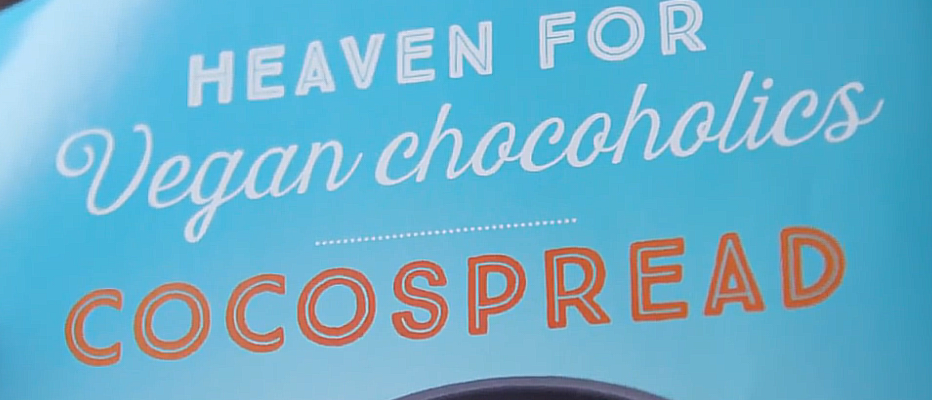
- The Headline is used to grab the attention of the target audience directly. It is unsubtle yet an effective tactc
Interest
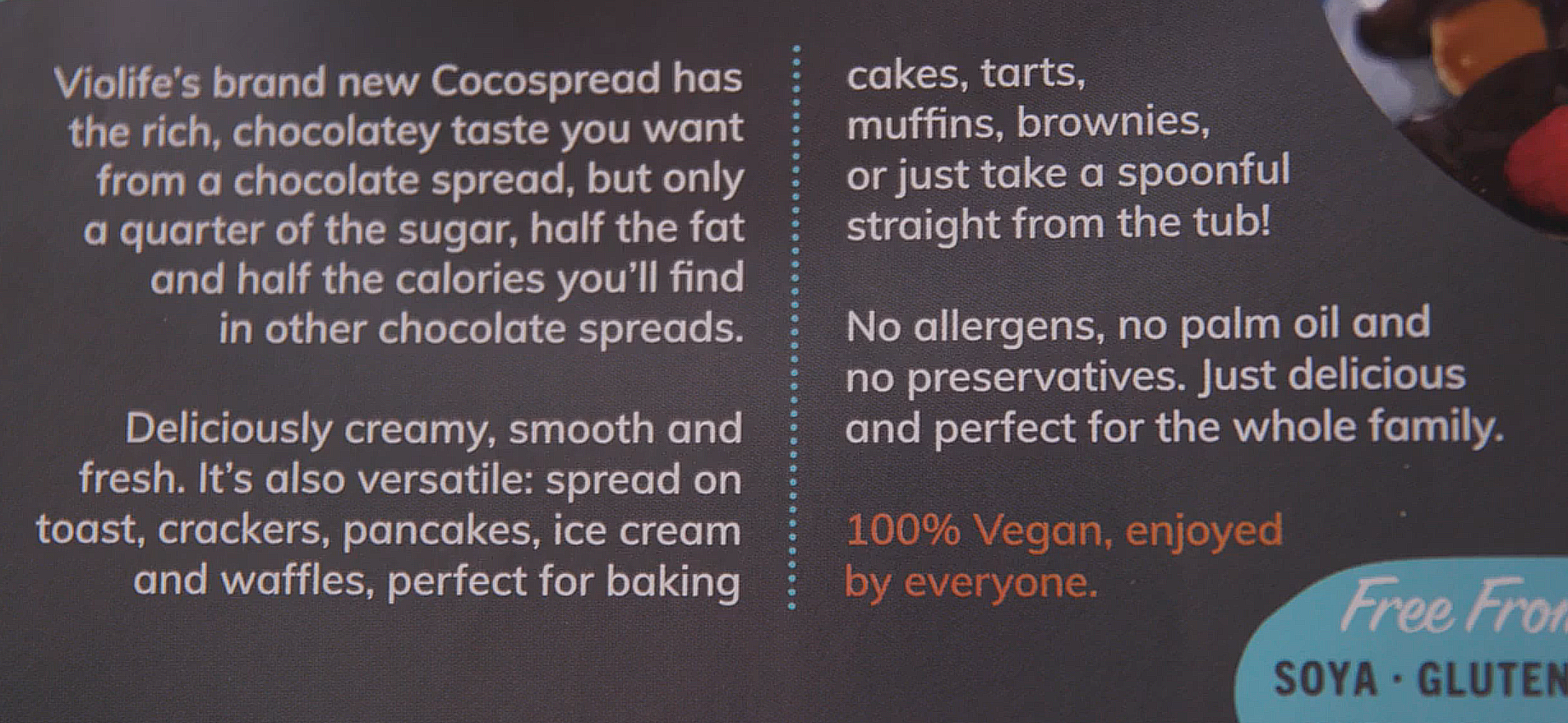
- The body copy creates interest by listing features of the product
Desire
- Builds on the interest stage but creates a more emotional connection by using sensory words like, “It is deliciously creamy.“, “Smooth“ and “Fresh“
Action
- Make it as short and simple as possible.
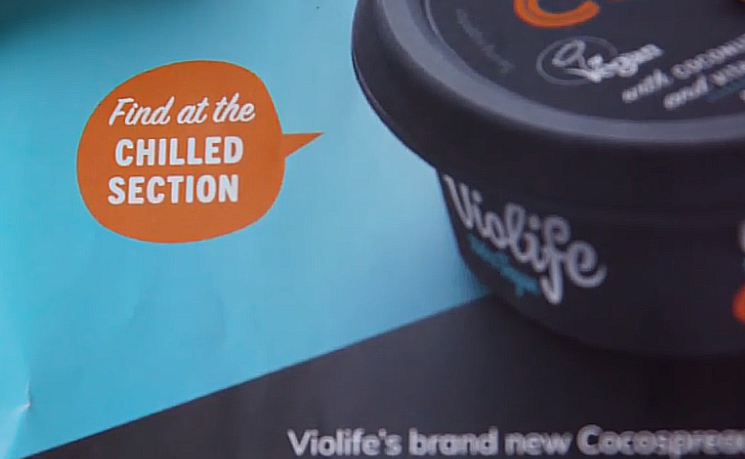
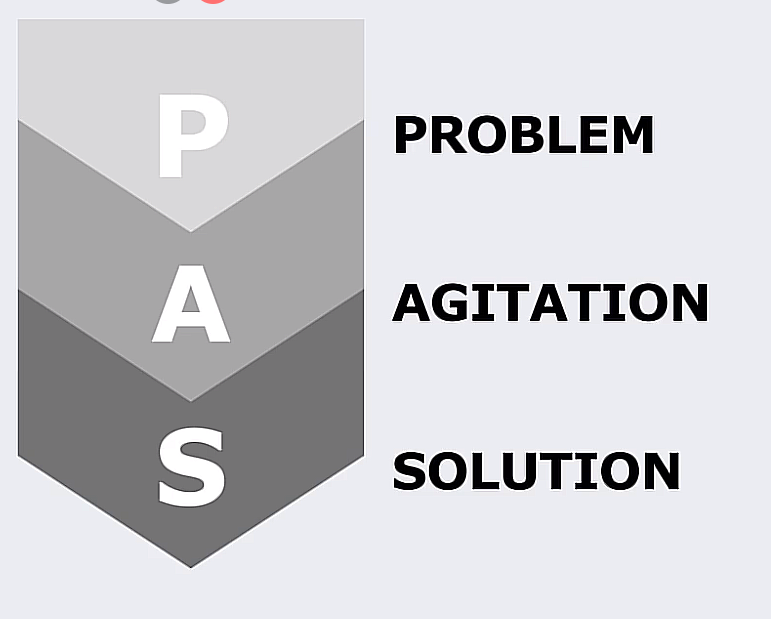
This funnel involves identifying a problem and then really stirring it up to create action from your consumer by offering them a solution, ie, your product
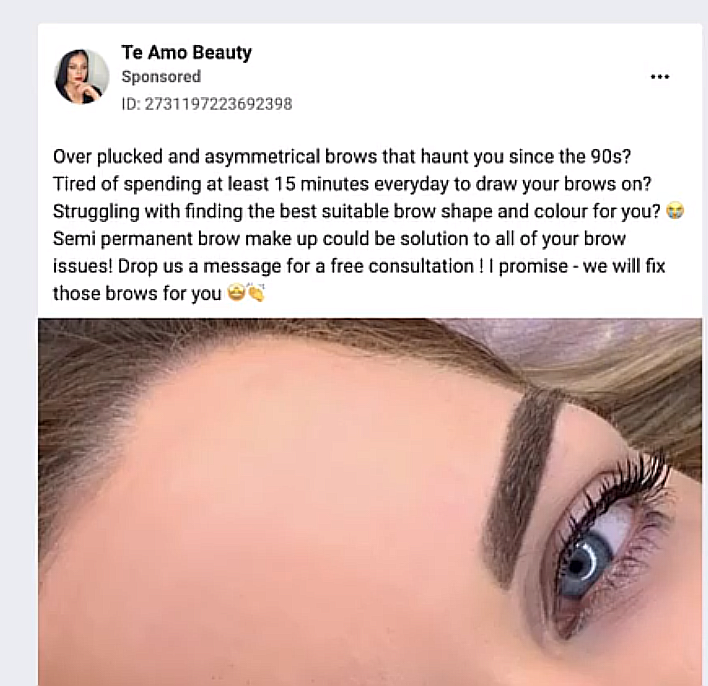
In the beginning, the writer introduces the problem and uses really emotive words to agitate and deliver and emotive response from the readers
Then, they offer the solution, which is their product.
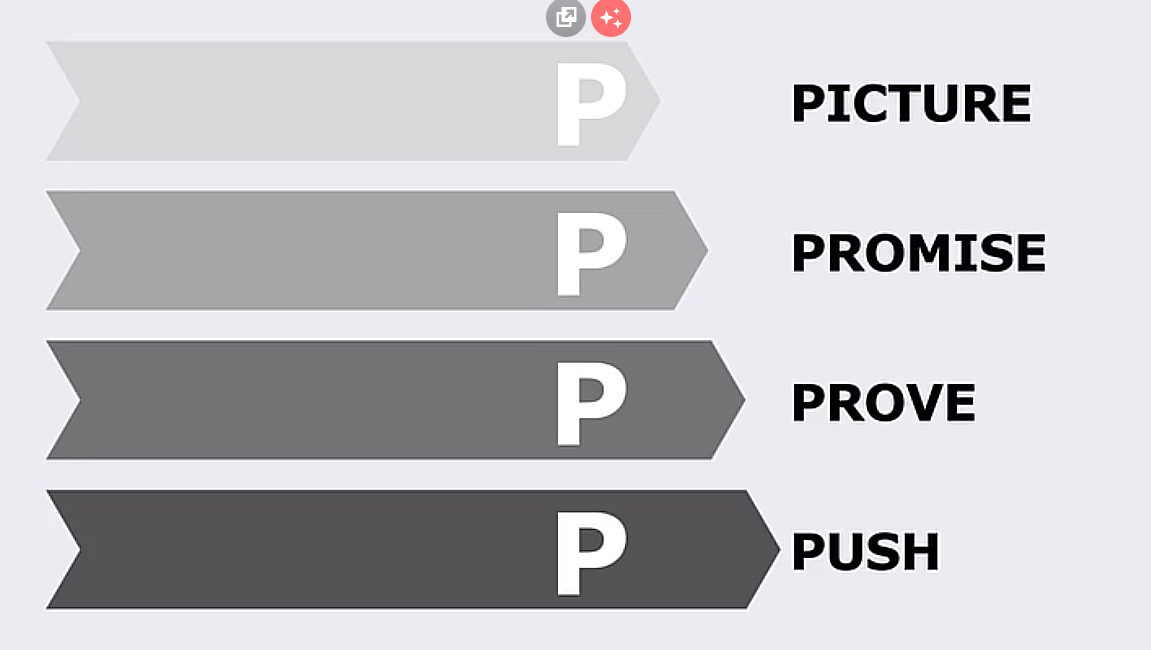
Picture: First, we create a vivid scene that our readers can put themselves in. It could be an existing pain or an aspirational future
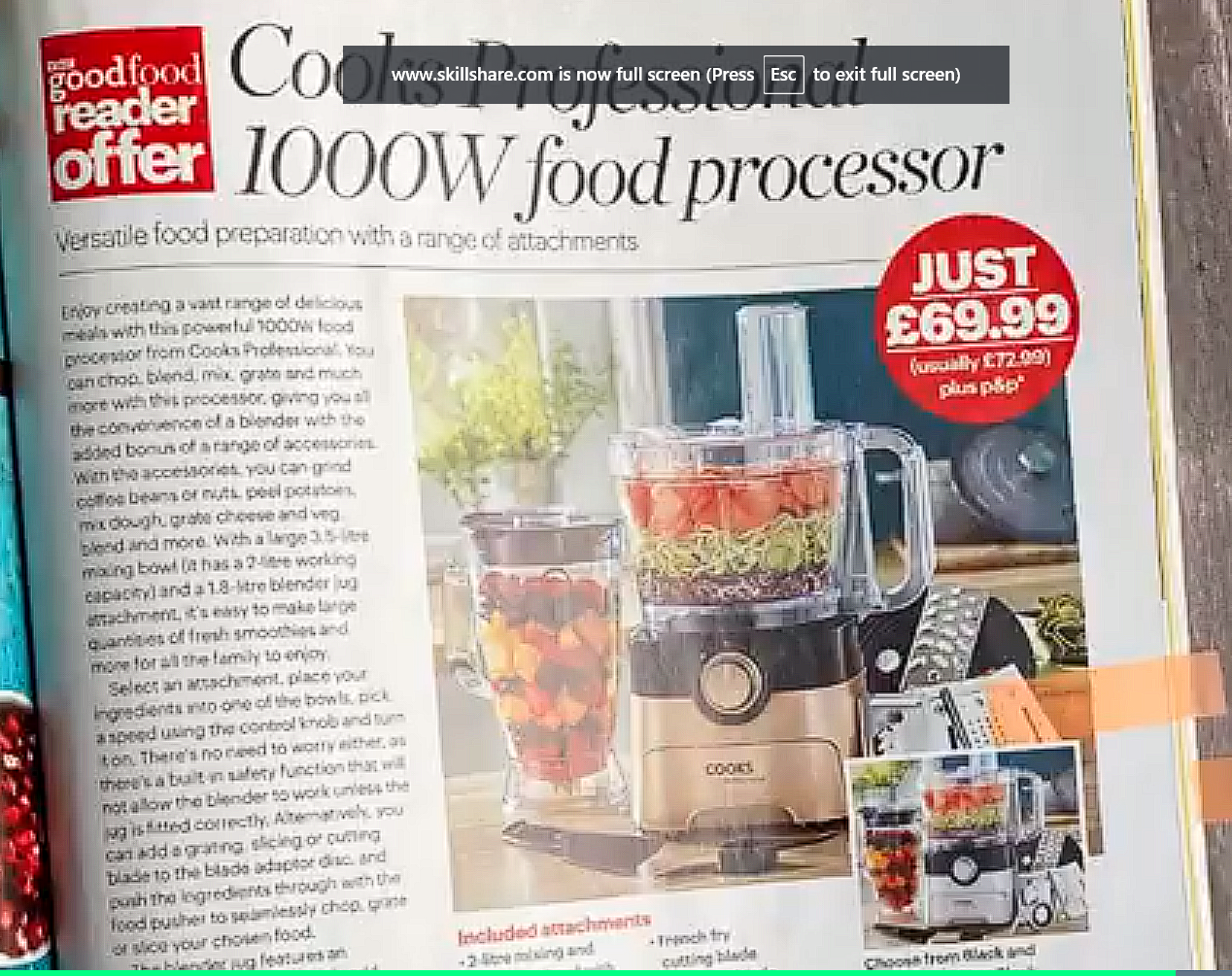
- In this ad, it is about the ‘Future‘ of preparing vast and delicious meals.
Promise: We offer our product or service that would bring the pain to an end or fulfill the aspirational future.
- In the above ad, it is the fancy new blender
Prove: In this stage, we support our promise, ‘How do we know the customer can trust us‘, and How do we fulfil the promise
- You can do it by using facts or stats, customer testimonials, or how many units you’ve sold
Push: This is where we tip the edge to buy the product over the reduced price and how to buy the product.
Getting your message across clearly and easily:
- There is a lot of competition online and your reader might get easily distracted. Hence, it is essential that you get your message across as quickly and effectively as possible.
- Tactics:
- #1: Simplify your message. Don’t use more words than necessary and get to the point
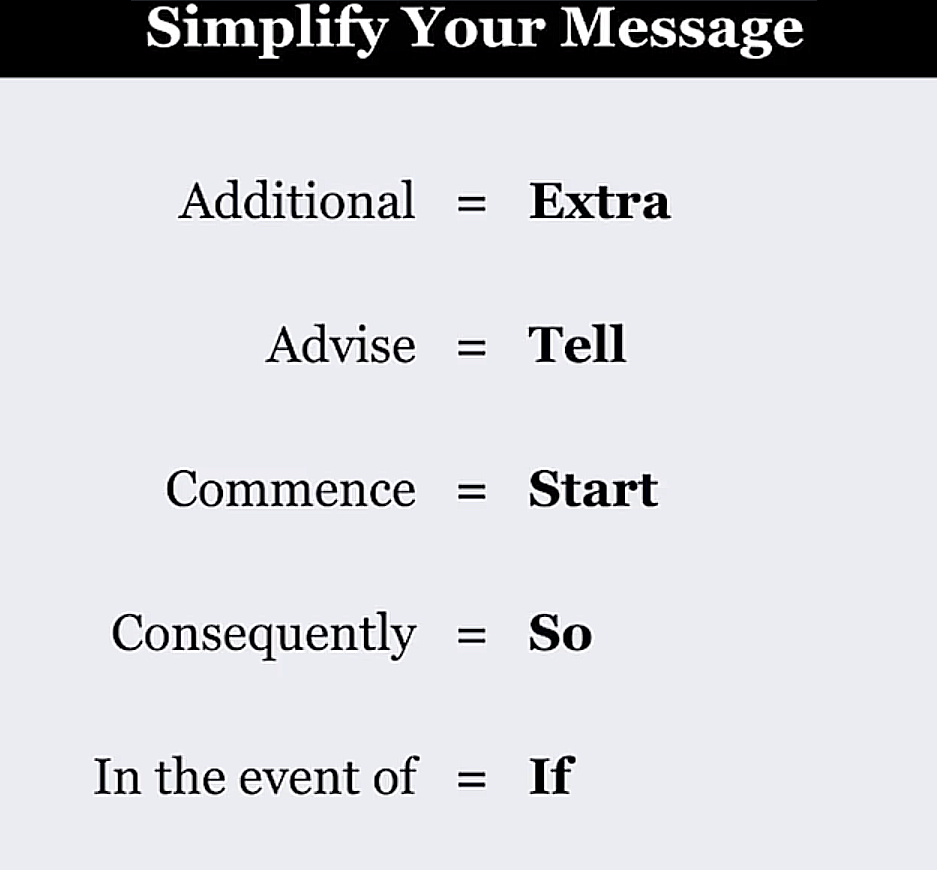
- #2: Use the active voice whenever possible. Passive voices would seem long-winded and bureaucratic and confusing for the readers
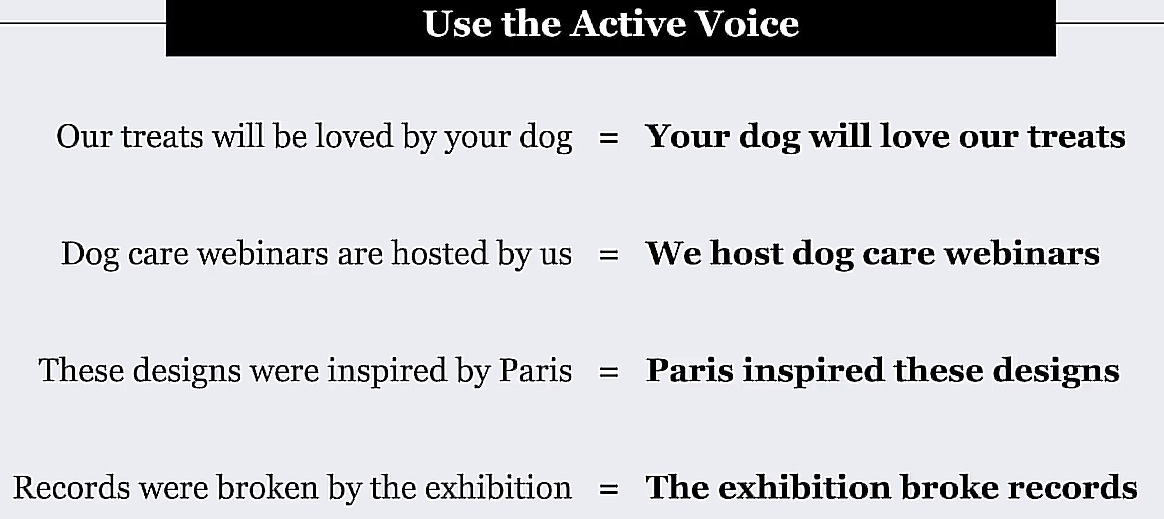
- #3: Cut on Adverbs.

Using Sensory Language:
- Encouraging an emotional response in the customers would compel them to biy the product And this can be done via sensory language.
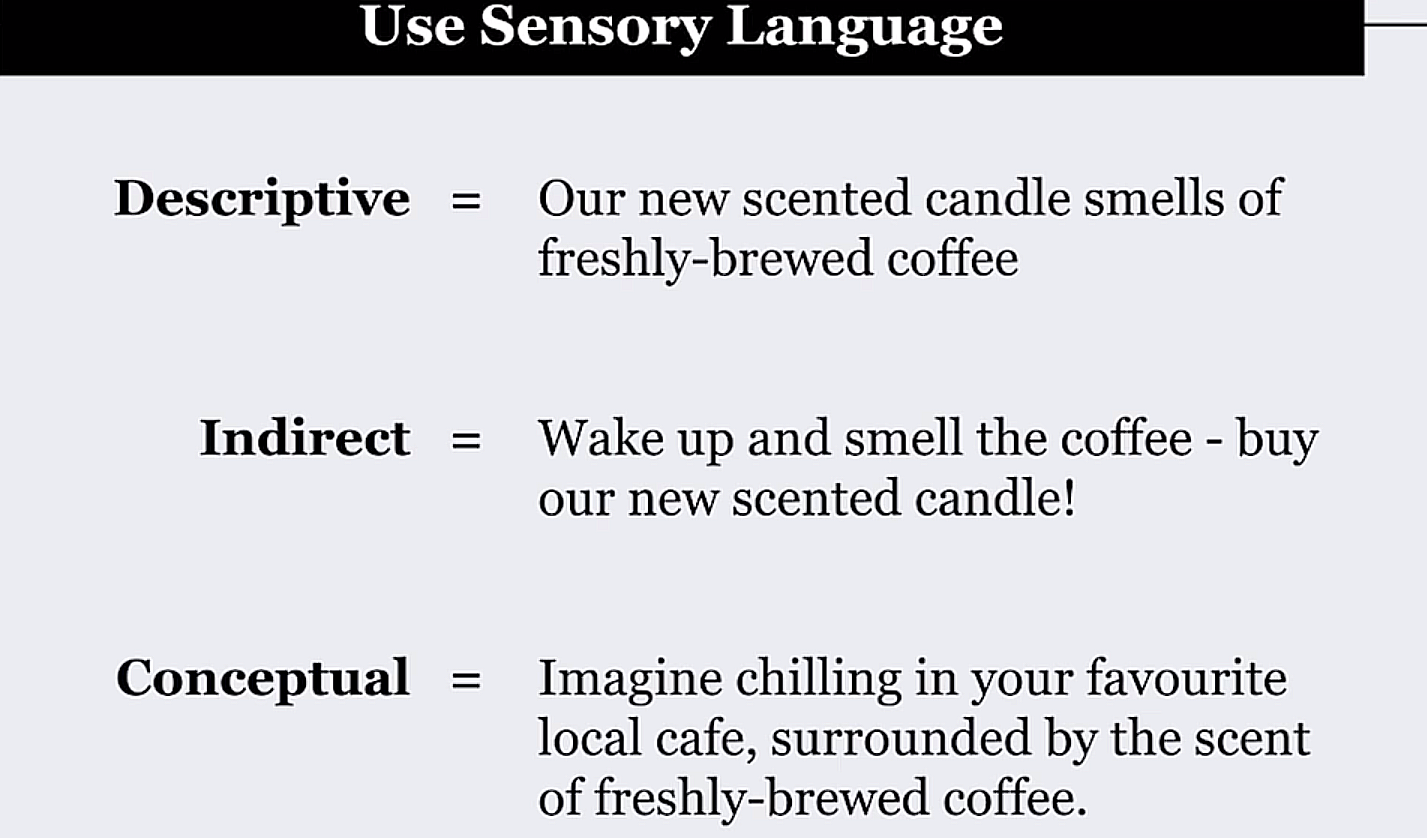
- Descriptive Technique: The descriptive technique involves using vivid and detailed language to paint a picture in the reader's mind. By leveraging specific sensory details, such as sight, sound, smell, taste, and touch, you can transport your audience into the world you're describing. Here's an example:
- Original: "The coffee shop had a pleasant aroma."
- Descriptive: "As you step into the cozy coffee shop, the rich, earthy scent of freshly brewed Arabica beans envelops your senses, intertwining with the comforting notes of warm cinnamon and toasted hazelnuts."
- Indirect Technique: The indirect technique aims to evoke sensory experiences by appealing to emotions, memories, or associations. Instead of explicitly stating sensory details, you imply them indirectly, allowing readers to connect with your message on a deeper level. Consider the following example:
- Original: "This lotion makes your skin feel soft."
- Indirect: "Indulge in the velvety embrace of this exquisite lotion, transporting you back to carefree summer days, as your fingertips trace the gentle touch of a sun-kissed breeze on your supple skin."
- Conceptual Technique: The conceptual technique goes beyond literal sensory descriptions and aims to convey sensory experiences through abstract or symbolic language. By tapping into the power of metaphors and analogies, you can evoke sensory impressions that ignite the imagination. Here's an illustration:
- Original: "This car is fast."
- Conceptual: "Unleash the beast within as you grip the steering wheel, feeling the raw power surge through your veins, propelling you forward like a bullet tearing through the wind."
Linking Features to Benefits:
- Just listing features is dry and won’t compel your customer to buy the product. Instead, it is essential that you illustrate the benefits of the product, and how it will help the customer, instead of just listing dry facts.
- 3 step plan to identify benefits of product/ service
- #1 List your features
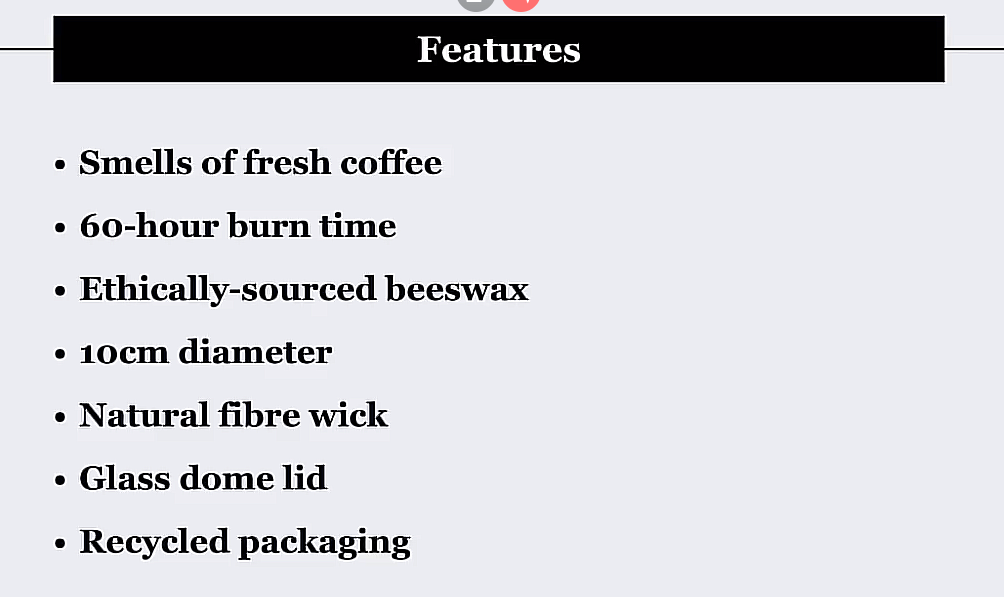
- #2: Convert the features into benefits. Get in the shoes of your readers and ask a chain of ‘So What Questions.
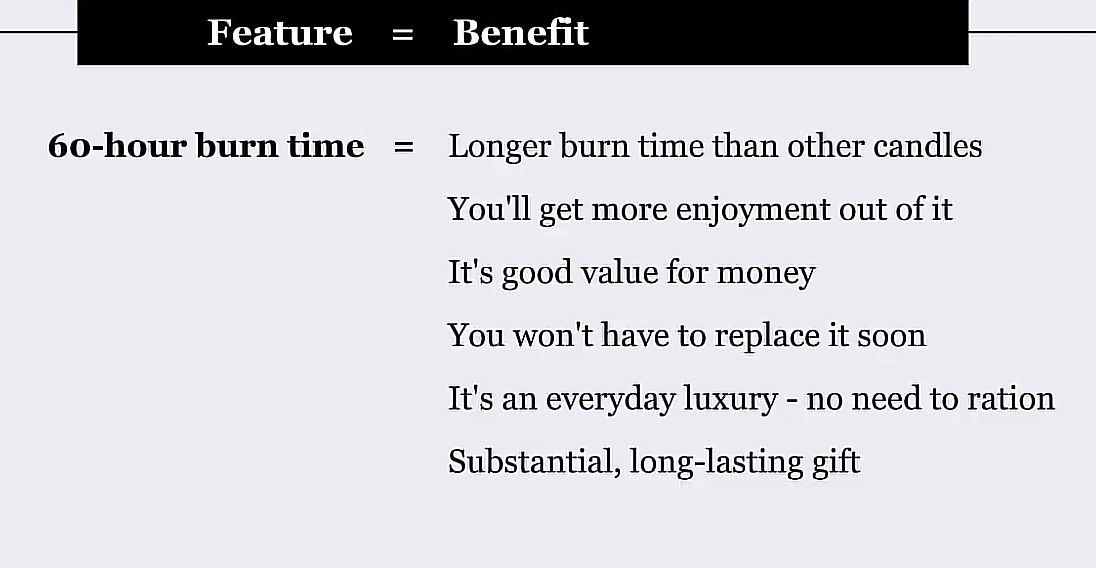
- #3: Sell your product using a combination of features and benefits.
